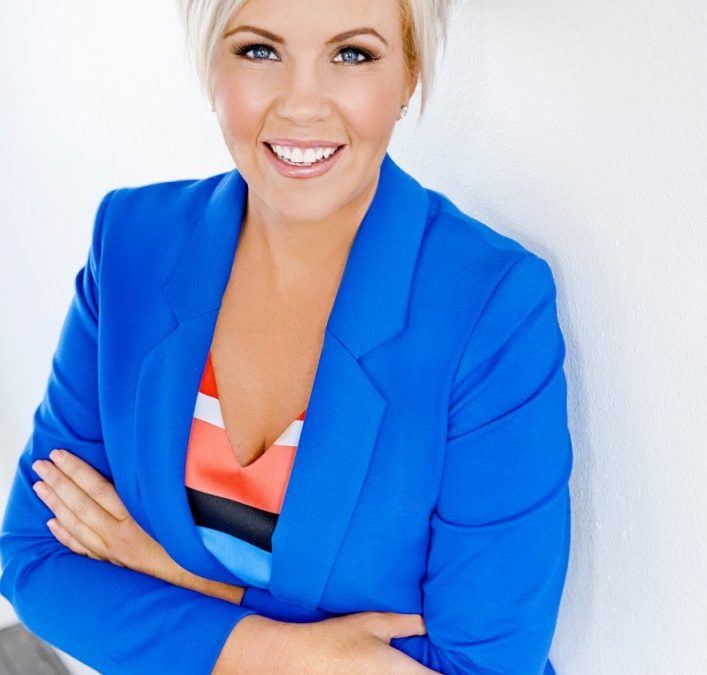By Jane Anderson
One of the more recent changes to LinkedIn has been the capability for anyone to be an influencer. Previously, the role of influencer was reserved for about 500 professionals, including Richard Branson, Bill Gates, Arianna Huffington and Guy Kawasaki. Now, anyone can be an influencer on LinkedIn. If you have a premium account, you can apply to be an influencer.
Why be an influencer on LinkedIn?
- Increased exposure across the platform
If you publish a post on LinkedIn, it can be shared, liked and commented on. This increases your exposure across LinkedIn. - Engage your target audience
LinkedIn gives you the opportunity to talk directly to your target audience through posting. - Thought-leadership
Establish yourself as an expert in your field. - Support SEO
SEO-optimised blog posts contribute to your SEO and are shown within search results. - Increased touch points
According to Forrester Research, 10 pieces of content are consumed before a decision is made about working with you.
- Stand out form the crowd
Of the 480 million people on LinkedIn, only 1% write content.
- Save money
There is less need to invest in expensive websites and web design. It’s free!
- Less procrastination
The platform is at your fingertips. You can start blogging immediately!
There a few things to remember when writing articles for LinkedIn:
- It’s not Facebook. Posting on LinkedIn as an influencer is different to posting pictures on your Facebook page. LinkedIn is not the forum to post pictures, inspiring quotes or memes. This is a space for you to share your professional expertise and provide good-quality content.
- Don’t attach your newsletter as a Word document to your feed and think anyone will read it. This is not posting information in a way that engages your audience. Put the newsletter content in the post area so it is there permanently and paints a clear picture of who you are for anyone who clicks on your profile. It also helps to build the “know, like and trust” factor you’re trying to achieve.
- A post can be as long as you like. But to engage your readers, keep it to the point. Ideally, stick to 400-600 words.
- Ensure you’re keeping visible by curating as well. That way you don’t make your blog become a self-serving sales tool. You share other people’s content that is relevant to your message to show that you’re working in the interests of your audience, rather than your own. About 80% of your content needs to be curated and 20% your own. Only then have your earned the right to leverage your blog for selling.There are a few elements your LinkedIn posts need to provide:
- Why what you have to say is important.
- Evidence to support your claims.
- A formula your readers can use for success.
- A call to action.To write a post, log in to your LinkedIn profile and select ‘Pubish a post’.
Jane Anderson works with sales managers, marketing managers, experts and CEOs to leverage the expertise of their talent through LinkedIn.
She is an author of “CONNECT: How to Leverage Your LinkedIn Profile for Networking, Business Growth and Lead Generation”.
Order your copy today!



